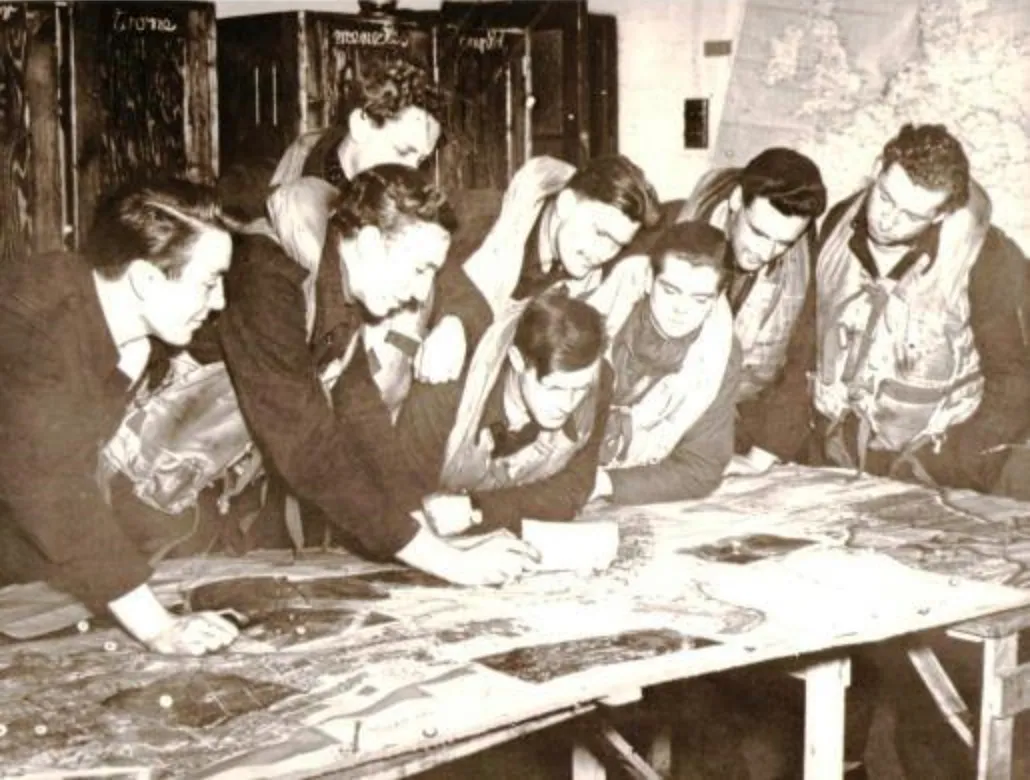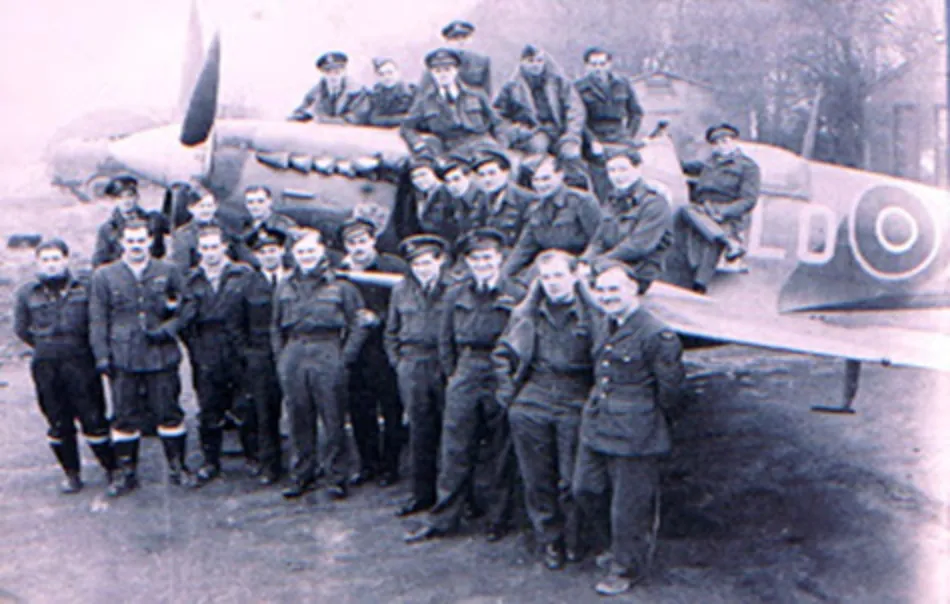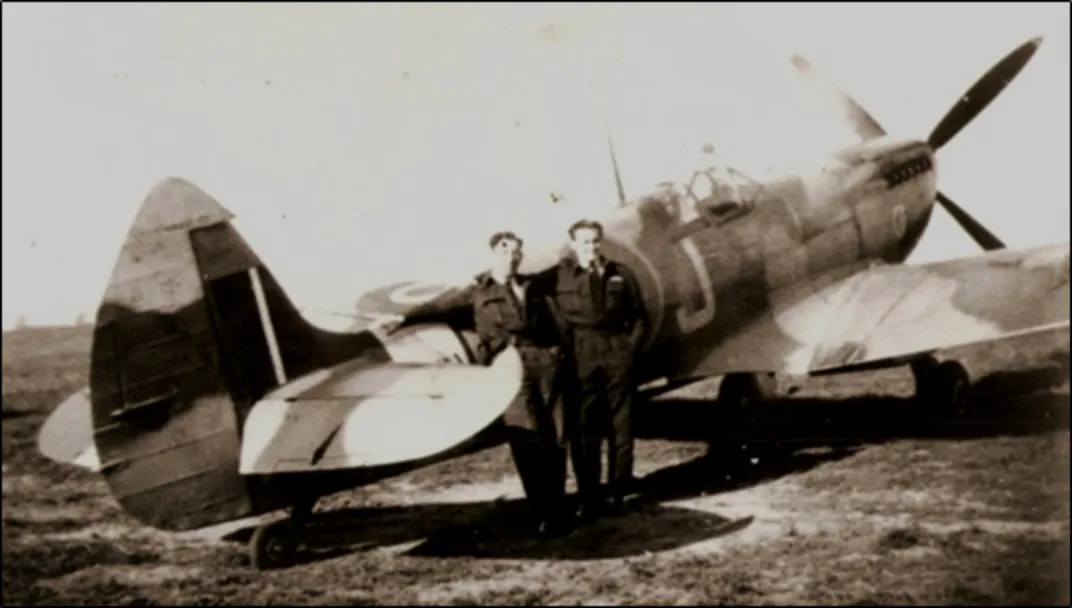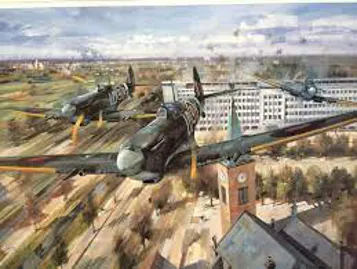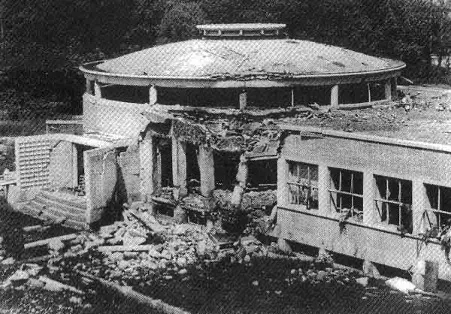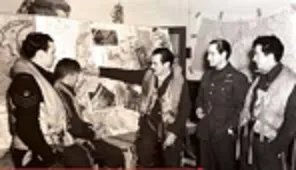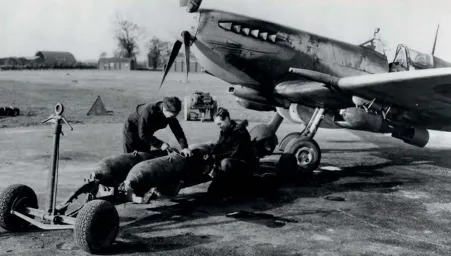No 602 Squadron RAF



No. 602 Squadron was formed on 12 September 1925 at Renfrew as a day bomber unit of the Auxiliary Air Force. Initially equipped with DH9As it began to replace these with Fawns in September 1927, though the latter were in turn replace by Wapitis in 1929. Harts began to arrive in February 1934 and the squadron re-equipped with Hinds in June 1936. On 1 November 1938 No 602 was redesignated an army co-operation squadron, but on 14 January 1939 this was changed to become a fighter unit, Gauntlets being received. These were replaced by Spitfires in May 1939 and during the early months of the war the squadron was engaged in intercepting German bombing raids on Scotland. When the Battle of Britain began, No 602 was still in Scotland, moving south in mid-August.
On 17 July 1944, Feldmarschall Erwin Rommel, the ‘Desert Fox’ and commander of all German forces in Normandy, was driving back to the front line after an urgent meeting at his Panzer tank head-quarters. Heading back to the battlefront, he was about to co-ordinate the German counter attack against the Allied forces in Normandy.
Spitfires from 602 Squadron, based behind the front lines at B11 Longues-sur-mer, were patrolling the skies above when a German staff car was seen below. Ken Charney was first to spot the German break out in the Falaise Gap and alerted the Allied Forces. Led by Squadron Leader Chris Le Roux, 602 Squadron Spitfires attacked the car as it sped down the Liverot-Vermoutiers road. 20mm shells raked the car, severely wounding the driver who lost control, struck a tree and spun off the road. Rommel was injured as his head struck the windscreen and was thrown out of the car, fracturing his skull. In doing so, 602’s Spitfires removed Germany's commanding general from the Normandy battlefield. The RAF credit 602 with taking Rommel out but there are a number of other claimants.
Aircraft: Spitfire Mk.1
Motto: Cave leonem cruciatum - 'Beware the tormented lion'
Badge: In front of a saltire, a lion rampant. The lion was adopted in view of the squadron's association with Scotland and the saltire to represent the cross of St Andrew, being fimbriated to show it as a white saltire on a blue background.

